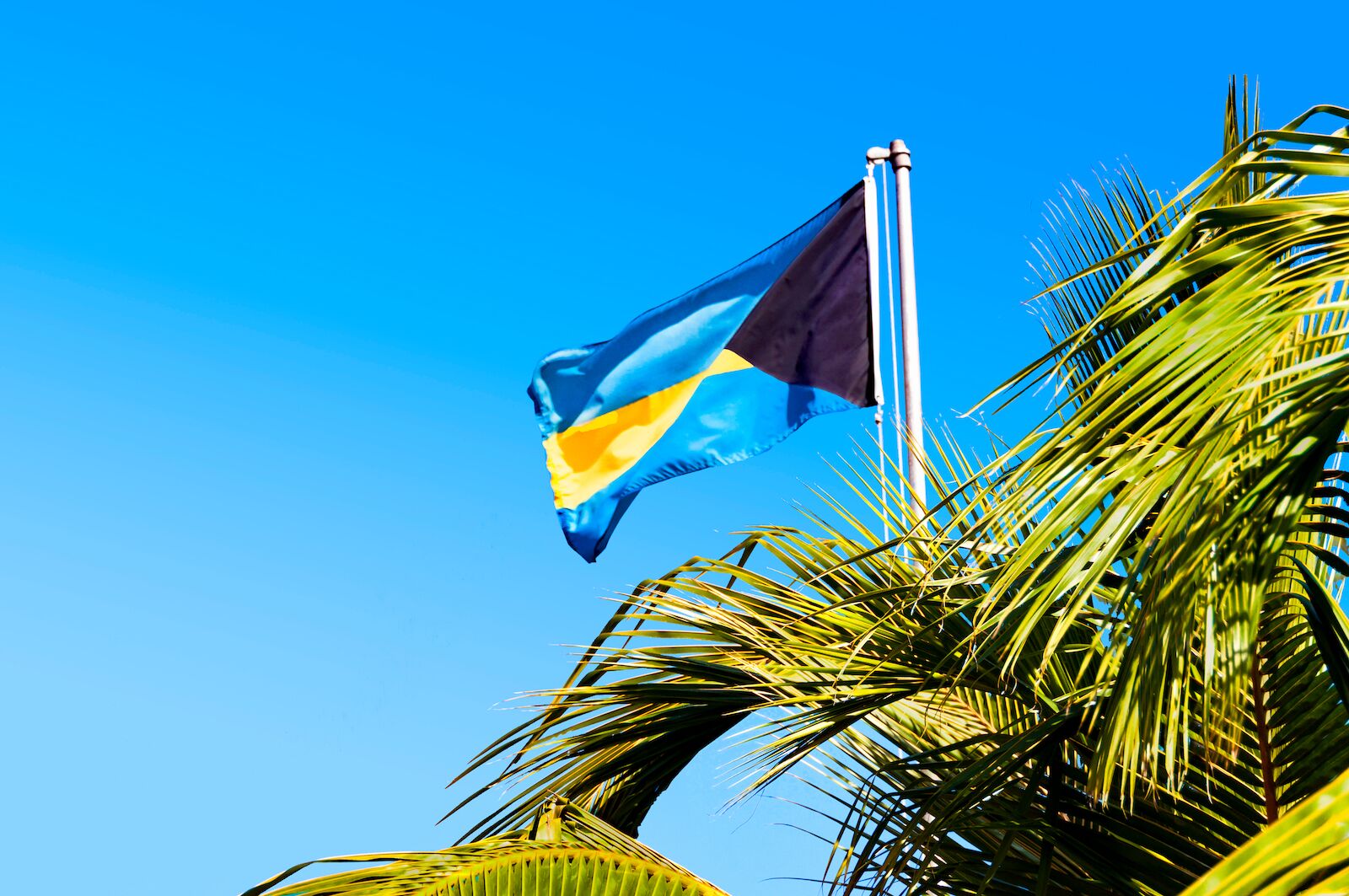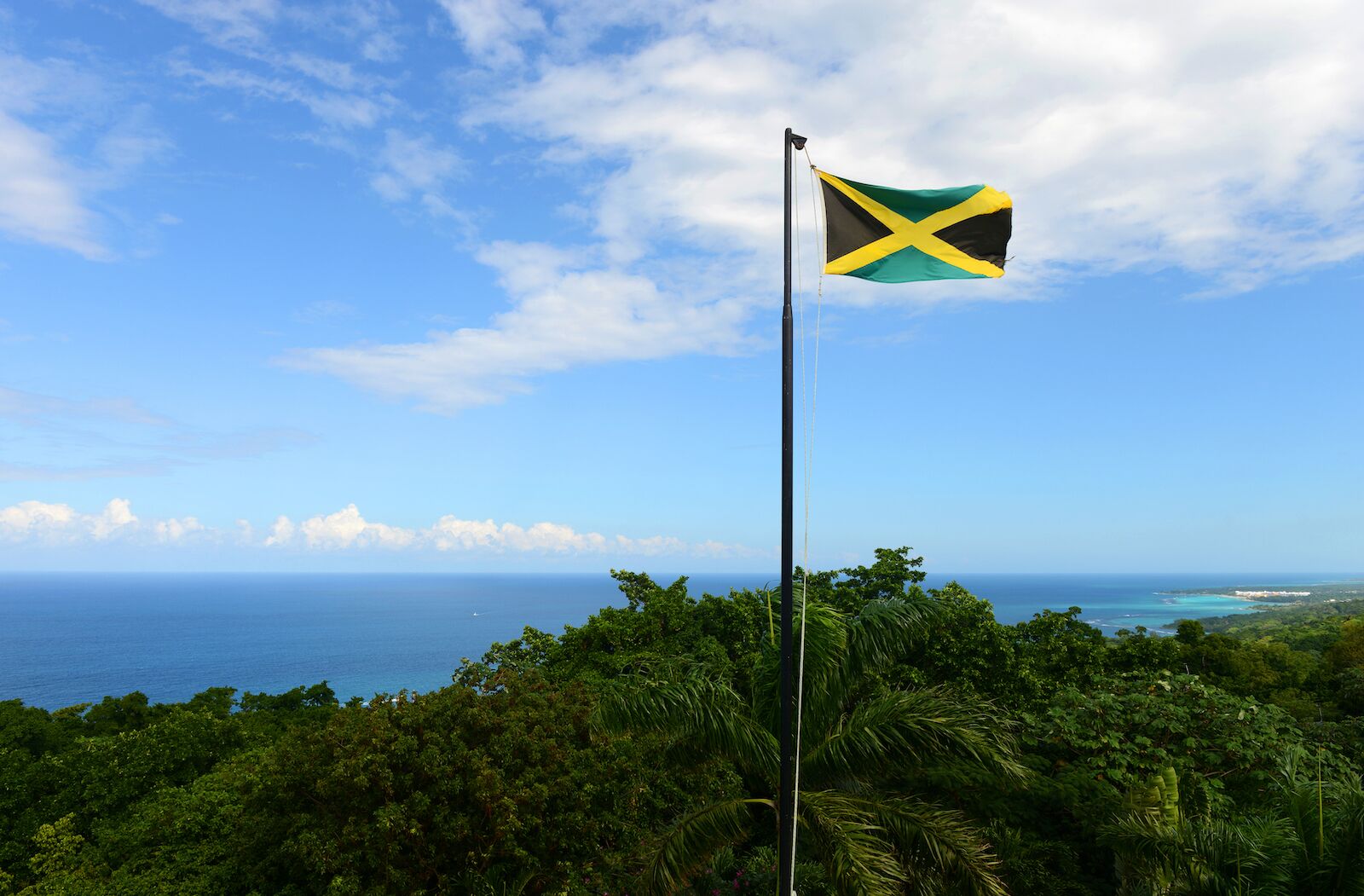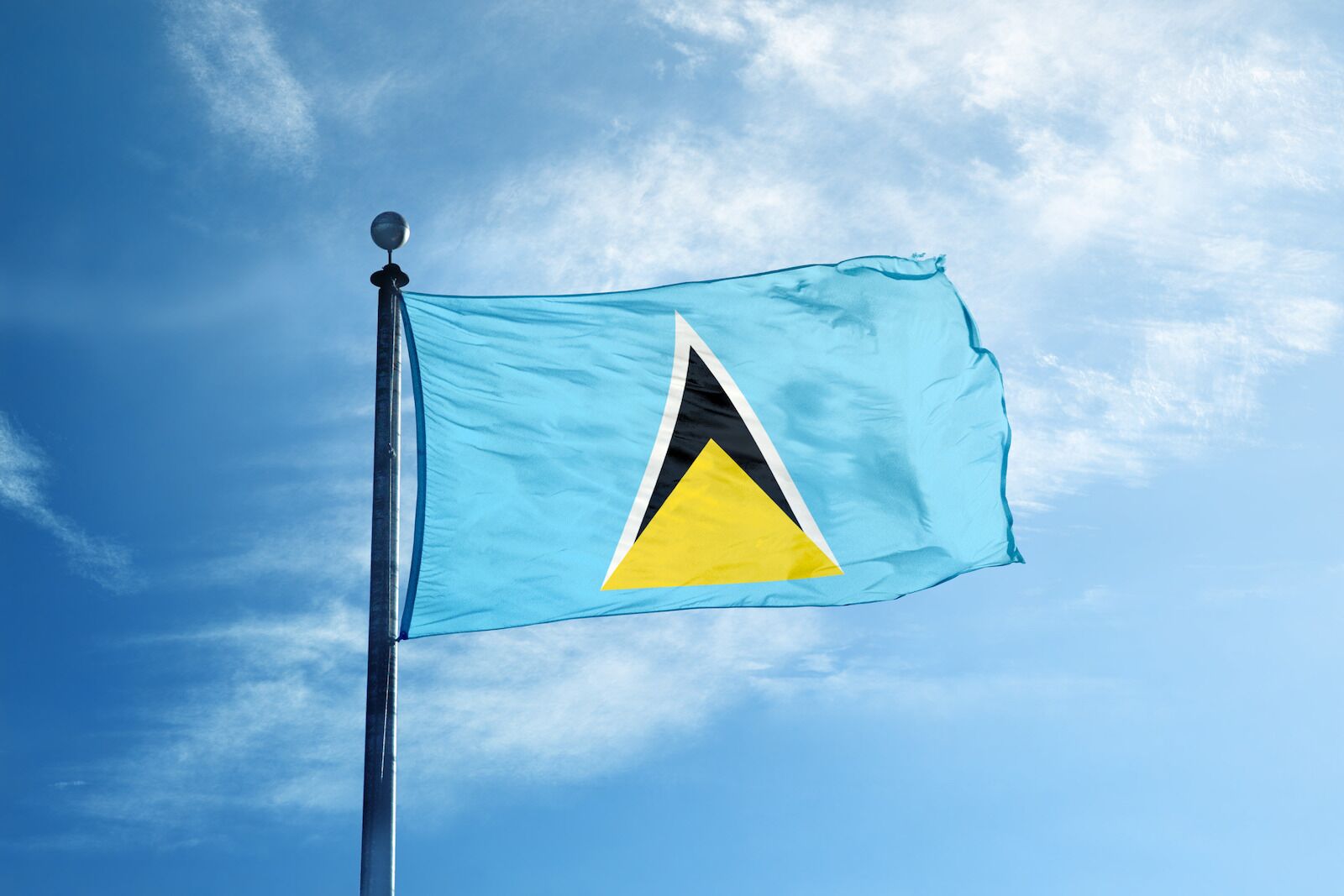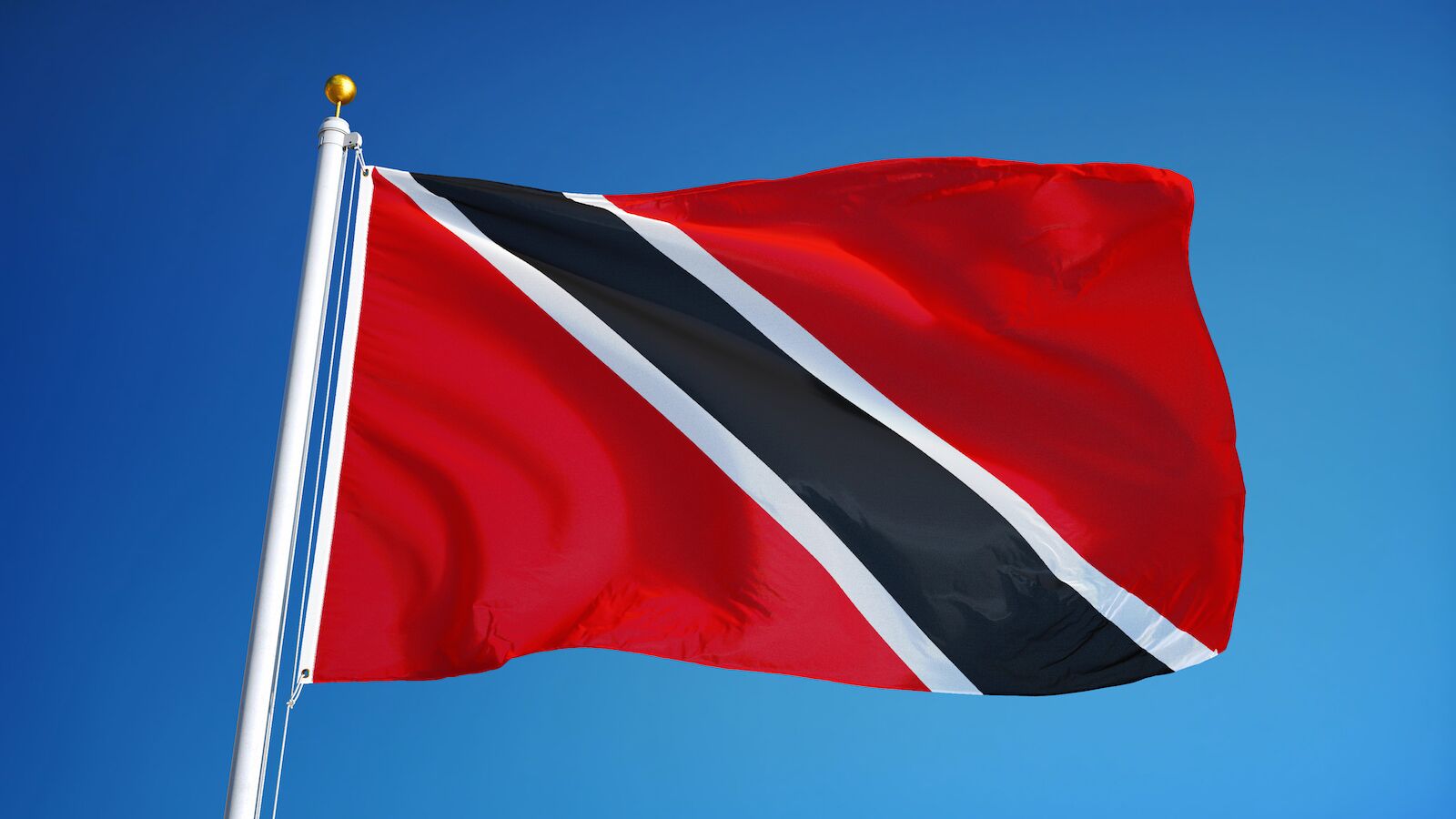The Caribbean was the last region of the Americas to be settled. Its first residents arrived in 8000 BCE from South America. Europe made permanent contact with the Caribbean in 1492 and changed world history forever. Several European nations vied for power and wealth in the Caribbean over the ensuing centuries, establishing colonies which thrived on African labor. Slavery was abolished in the 1800s and the following century was characterized by decolonization. This led to many Caribbean islands gaining independence. As a result, the national flags of the Caribbean are fairly new. Nearly all were created in the twentieth century.


All the Flags of the Caribbean and the Meaning Behind Their Designs
Many people would struggle to name the 13 Caribbean sovereign nations, let alone place them on a map or identify their flags. These are the 13 Caribbean flags and the meaning behind each design.
- Antigua and Barbuda
- The Bahamas
- Barbados
- Cuba
- Dominica
- Dominican Republic
- Grenada
- Haiti
- Jamaica
- Saint Kitts and Nevis
- Saint Lucia
- Saint Vincent and the Grenadines
- Trinidad and Tobago
Antigua and Barbuda

Photo: Black Pearl Footage/Shutterstock
The Bahamas

Photo: Barbara Ash/Shutterstock
Barbados

Photo: marko_nb/Shutterstock
Cuba

Photo: George Alejandro Alvarez/Shutterstock
Dominica

Photo: Millenius/Shutterstock
Dominican Republic

Photo: a katz/Shutterstock
Grenada

Photo: railway fx/Shutterstock
Haiti

Photo: Tatohra/Shutterstock
Jamaica

Photo: Wangkun Jia/Shutterstock
Saint Kitts and Nevis

Photo: EQRoy/Shutterstock
Saint Lucia

Photo: Creative Photo Corner/Shutterstock
Saint Vincent and the Grenadines

Photo: Tatohra/Shutterstock
Trinidad and Tobago

Photo: railway fx/Shutterstock
The national flag of this twin island republic was selected in 1962 to commemorate its independence. The flag is rectangular in shape and has a red background with a white-edged black diagonal band across it. The black represents the earth and dedication of its people, while the white represents the water resources, purity, and equality of all men under the sun. Red symbolizes fire — the vitality of the land, the energy of the sun, and the courage, warmth and friendliness of the Trinidadian people. This flag is affectionately called the Sun-Sea-Sand Banner by Trinidadians.